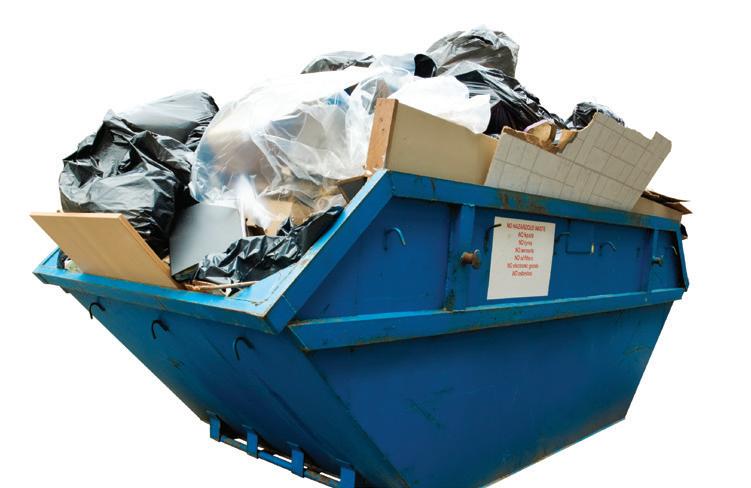28
Describing the world A
Climate Travelling from north to south in Nigeria, you pass through a fascinating series of landscapes. Rainfall1 in the south-east can be extremely high in the wet season, whereas the northern part of the country is arid2 and prone to3 drought4 during the dry season. 1
the amount of rain that falls, for example in a month or in a year 2 dry 3 tending to have a particular negative characteristic 4 long period without rain
B
Vegetation More than 30 % of the landscape of Canada lies inside the Arctic Circle, where the land can stay frozen for up to nine months of the year. In these regions, known as the tundra1, vegetation2 is limited. Further south, dense, coniferous3 forests known as taiga cover large areas of land. Towards the border with the United States are the grasslands of the prairies4 and the mixed, temperate forests. 1 area in the north with no trees and permanently frozen ground 2 plant life 3 trees that are evergreen [in leaf all year round] and produce cones, unlike deciduous trees, which lose their leaves in winter 4 flat grasslands in Canada and northern USA (similar to steppes in Asia or pampas in South America)
C
Agriculture Rice is the main crop grown in the south of China, along with tea, cotton, fruit and vegetables. The rice is planted in flooded paddy fields1. A good year can see two crops of rice and one of vegetables harvested. In the drier, hillier north and west, farmers generally harvest a single crop of cereals2 and, in addition, tend3 sheep and cattle. 1
fields planted with rice growing in water 2 type of grass cultivated to produce a grain, e.g. a food plant like rice, wheat or maize 3 take care of
D
Industry France is one of the world’s leading developed1 nations. It is home to large manufacturing2, steel and chemical industries. The country is an important and major producer of aircraft and cars and is at the forefront3 of technology and engineering. Its sizeable nuclear industry generates4 a significant proportion of the nation’s electrical power. Like many developed countries, France provides a lot of help and aid to developing5 countries. 1 4
E
with a modern, industrial economy 2 producing goods in large numbers 3 in an important position produces/creates 5 describes a country that is poor and does not have a modern, industrial economy
Population Brazil is a vibrant mixture of peoples. Some are descended from1 indigenous2 tribes, others from the Portuguese, who were the colonial power in Brazil for 300 years. Many Brazilians have African ancestors3 brought over in the 17th century as slaves to work on sugar plantations. During the 20th century, large numbers of European migrants4 settled5 in the south. 1
are related to someone who lived in the past 2 existing naturally in that place 3 relatives from earlier times: we are our ancestors’ descendants 4 people who move to live in another country or another part of their own country (often for reasons of economic need; an emigrant is someone who leaves a country, an immigrant is someone who moves to live in a country) 5 made their homes 62
English Vocabulary in Use Advanced



















































